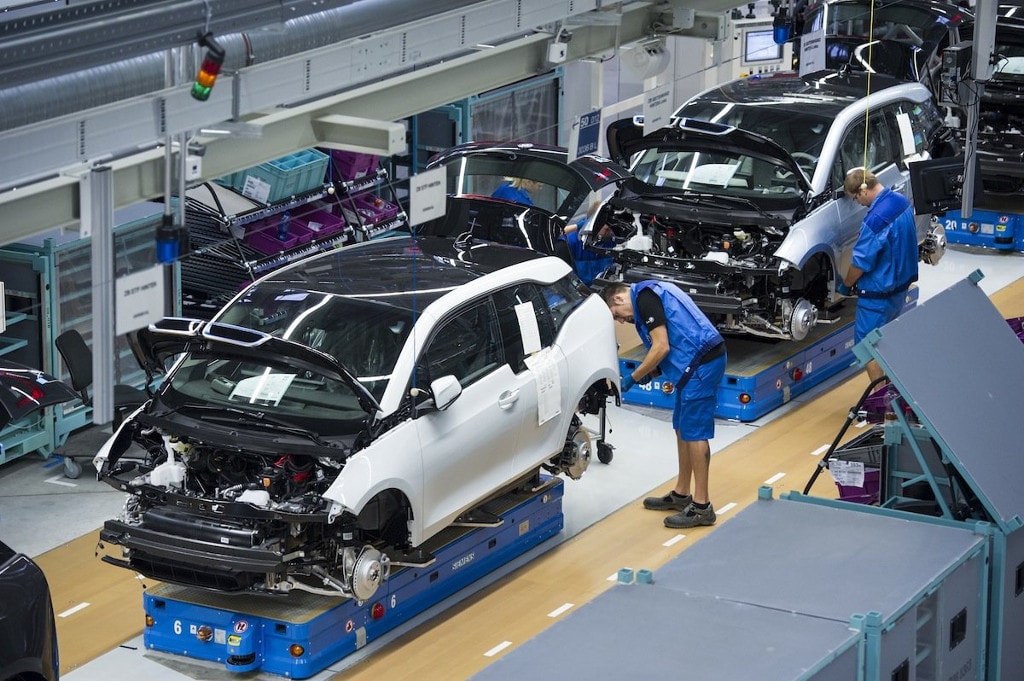ZIMSEC O Level Business Studies Notes: Production: Flow Production/Line Production
- This is also known as assembly line or continuous production
- It is a method used to manufacture, produce, or process materials without interruption to produce products
- It involves repetitive manufacturing processes in which each product passes through the same sequence of operations,
- and the machines and other equipment are laid-out in the order they are used
- In line production the whole process is dedicated to the needs of a single or small group of products
- and (unlike in batch production) the process does not have to be stopped and restarted for reconfigured for each new product that is being made
- Standardized products are made in large numbers
- This is also known as mass production
- Examples of items produced this way include cars, computers etc
Advantages of flow production
- Standardised goods are produced
- Allow the business to take advantages of economies of scale e.g. bulk purchase of raw materials
- There is minimal idle time
- Allows the business to meet large demand
- Allows the business to take advantage of automation of routine tasks
- Allows the business to implement division of labour
- Is not labour intensive and most of the labour is semi-skilled
- Low cost of production per each unit
Disadvantages
- Is capital intensive which requires high initial capital outlay i.e. expensive equipment has to be bought
- Can lead to worker demotivation and workplace alienation as workers perform repetitive dull tasks
- Not very flexible as the production equipment and set up is dedicated to a narrow range of products
- If one part/step breaks down it can lead to an entire disruption of the production process
- No/Very little room for customisation
To access more topics go to the O Level Business Notes



